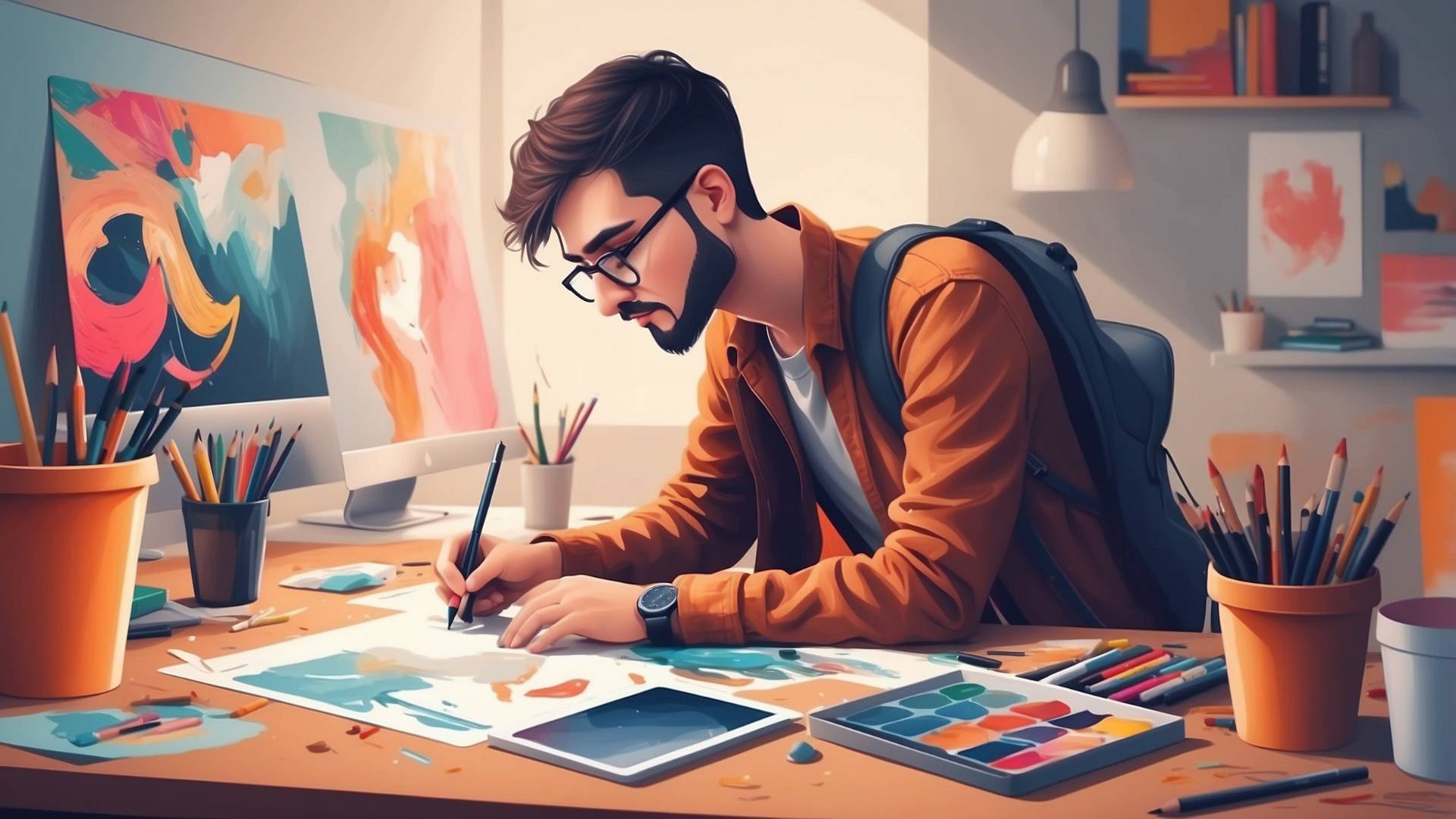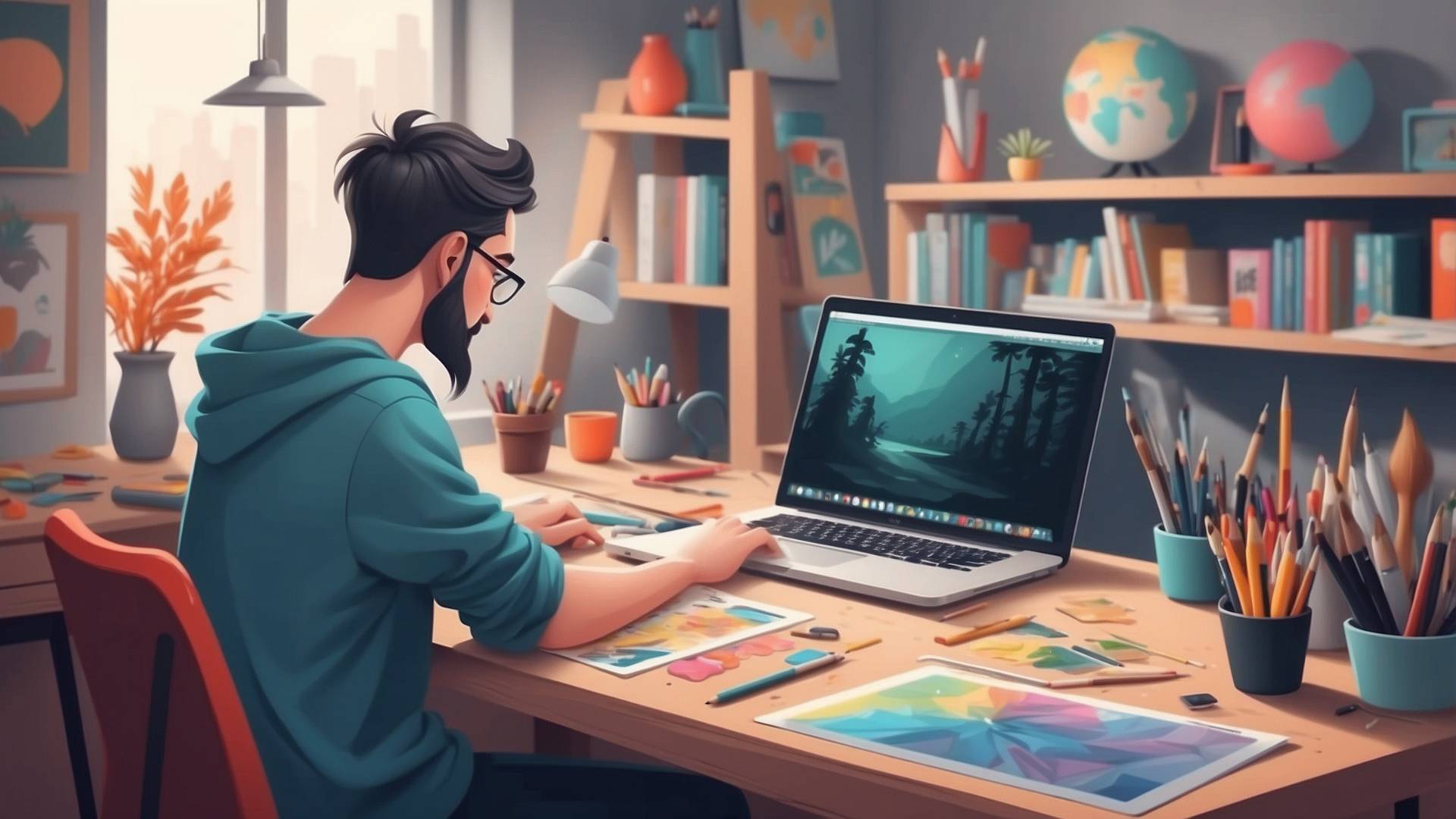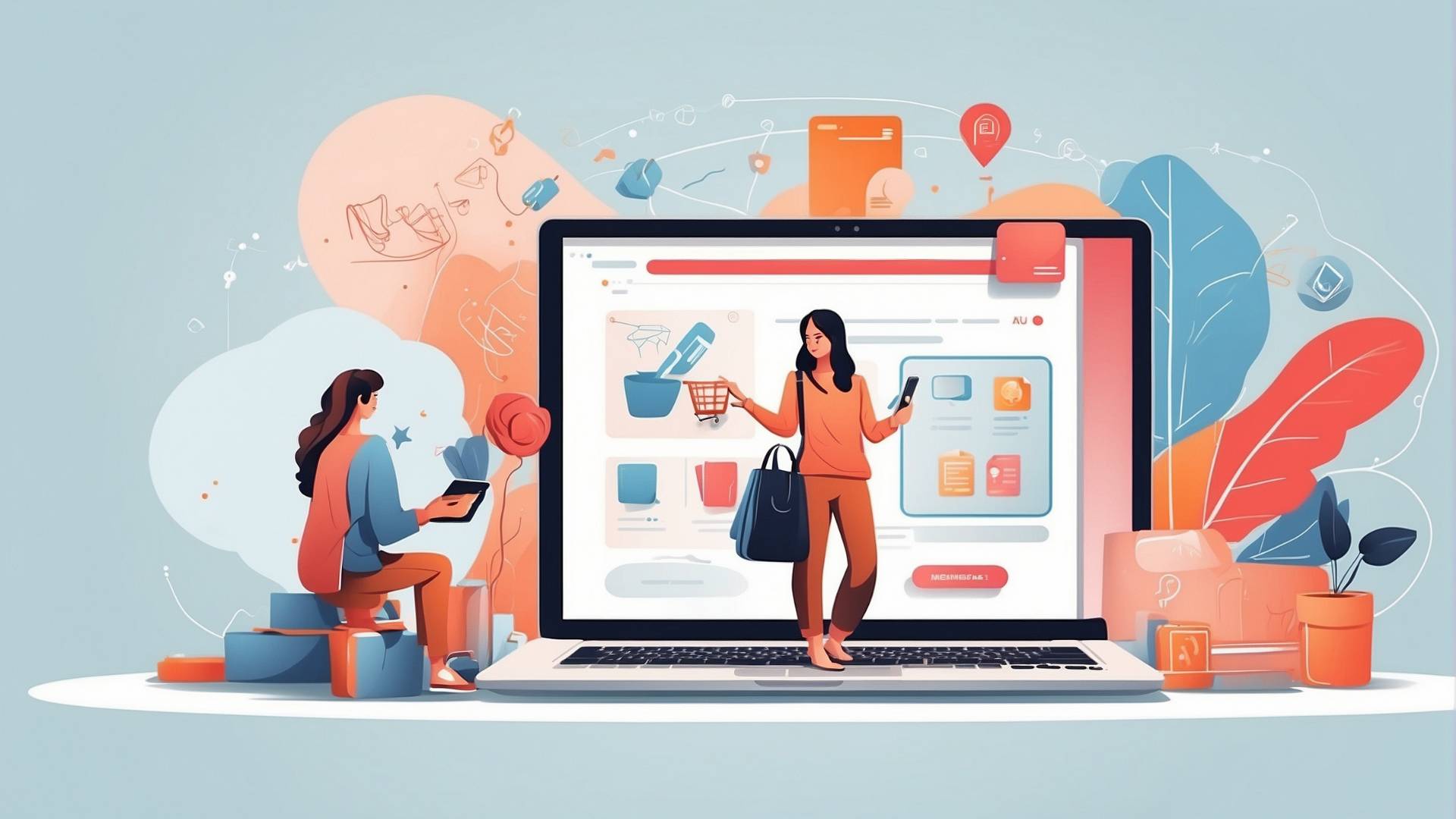I’m an Etsy seller who creates and sells digital designs like printables, graphics, and other fun stuff.
For the longest time, I was seriously undercharged for my work.
I mean, I wasn’t underpricing the main competitors, but I also wasn’t charging what I should for my work.
But not anymore!
Let me tell you the story of how I finally learned to charge what my designs are really worth.
I Found What Customers Want
Here’s the main thing I want you to know upfront: customers don’t just want the cheapest thing out there.
They want quality items made with care and creativity.
And they’re willing to pay a fair price for that. Charging too little makes customers think your products must be low quality.
Raising my prices was one of the best decisions I ever made for my little Etsy business.
The Trap of Underpricing

When I first started selling digital downloads on Etsy, I did what a lot of new sellers do – I priced everything way too low.
Why did I do that?
A couple of reasons:
- I wanted to get sales and reviews quickly to build credibility for my new shop.
- I looked at what other sellers were charging for similar products and went lower than them.
This was for my first shop.
I do not use this tactic anymore.
Why, you ask?
In my shop, the profit margins were terrible.
I remember making just 60 cents from some design sales after fees!
It was not a sustainable way to run a business, believe me.
But I was too scared to raise my prices.
I thought for sure customers would stop buying if I charged more.
I was wrong about that!
Taking the Plunge
One day, I finally got the courage to experiment by raising prices on all my listings, some by a little and some by a lot.
And you know what happened?
Nothing really changed!
Sales kept rolling in at the same pace as before.
The only difference was I was making a lot more profit from each sale.
It was a huge lightbulb moment for me.
By underpricing, I was doing myself a huge disservice and devaluing the time, effort, and skills that go into each and every design I create.
These days, I price according to what a design is actually worth based on materials, labor, experience, and other factors.
Not just what I think customers might pay.
What Customers Really Value

You might think, “But won’t charging more just scare customers away?”
Based on my experience, that concern is overblown.
- Most customers aren’t just looking for the absolute cheapest option out there.
They want quality products made with care and creativity by someone skilled. And they understand that quality workmanship is worth paying a bit more for.
Think about it this way: if you saw two similar blankets for sale, one for $20 and one for $50, which one would you assume is better quality?
You’d probably think the $50 one must be made with more skill and attention to detail, right?
Of course, I’m not saying to charge outrageous prices out of line with the market.
But customers do value craftsmanship and artistry.
By underpricing your work, you’re accidentally devaluing yourself and signaling that your products are low quality. Which they’re not!
What My Designs Are Really Worth
Ok, so how did I figure out what to charge for my designs?
I had to consider all the factors that go into their true value:
Materials & Tools: All the digital supplies, fonts, graphics, editing software, etc. that I use cost money to obtain. Those costs should be accounted for.
Creative Process: Developing fresh, new design concepts takes creativity, brainstorming, and lots of decision-making. That creative labor has value.
Skills & Experience: It took me years of practice, trial-and-error, and even some courses to build my design skills over time. All that accumulated experience is an asset.
Physical & Mental Effort: Putting designs together still requires physical effort like clicking, editing, and arranging elements. It also takes mental energy and focus.
When you add up all those different components that go into each original design I make, it’s easy to see they’re worth much more than just a couple of bucks.
How I Finally Raised Prices
So how did I actually implement raising my prices on Etsy?
It was a gradual process:
First, I looked at other established sellers with great reviews who offered very professional, high-quality products similar to mine.
What were they charging?
I used that as a guide for the higher end of my new pricing structure.
Next, I went through all my listings and divided them into different tiers based on file dimensions, number of elements, complexity of the design, etc.
The more intricate listings were bumped up to the higher prices.
I also deleted any really cheap listings that were undervalued and basically lost me money once Etsy’s fees were factored in.
Finally, I made an announcement to my existing customers through email and social media, letting them know prices would be changing and explaining the “why” behind it.
I was honest that I had been undercharging and wanted to correct that going forward to cover my costs, time, and skills more fairly.
Most customers appreciated the transparency!
For brand new listings after that, I just started them at the new higher base price from the get-go.
The Best Business Decision
Raising my prices was honestly one of the best decisions I’ve made for this little Etsy business of mine. My profit margins are so much healthier now, which allows me to reinvest more into growing the business.
But just as importantly, properly valuing my work has been amazing for my confidence and pride as a designer. I’m not selling myself short anymore.
If you’re struggling with pricing for your handmade products or digital designs, I encourage you to take a hard look at what your creations are truly worth.
Don’t be afraid to charge fair prices that reflect your skills, experience, and creative efforts. Customers who appreciate quality will happily pay for it.
Recommended Tools For Etsy
Design Nexus newsletter – Get simplified Etsy tips and modern marketing strategies — plus a free Digital Product Starter Kit!
Creative But Fine newsletter – This is your source if you want more detailed guides about Etsy and graphic design.
I have made an entire section of helpful and mostly free tools you can use to build a successful online business on Etsy. See the tools here.
Kittl – A go-to place for any person, who wants to make money with print-on-demand on Etsy.
Creative Fabrica. They have millions of cheap graphics that can elevate your t-shirt design.
Vectorizer – This tool transforms your image into a vector with seconds. scalable without losing the quality.
Disclosure: Some of the links above may contain affiliate partnerships, meaning, at no additional cost to you, NechEmpire may earn a commission if you click through to make a purchase.
- How to Highlight an Image with a Glowing Neon Frame in Canva - December 13, 2025
- How to Curve & Wrap Text Around a Circle in Canva (Step-by-Step Tutorial) - December 13, 2025
- How To Remove Background In Canva Mobile App - September 4, 2025







